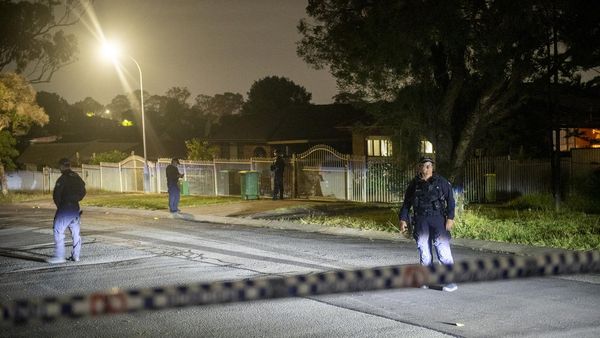
President Donald Trump doesn't just want to lower interest rates—he wants to rebuild the Federal Reserve from the ground up. And this week, he made another big move.
- TLT ETF is testing a key technical support. Check live prices here.
On Monday, Trump announced he was firing Fed Governor Lisa Cook "effective immediately." Cook’s term isn’t set to expire until 2038.
Trump claimed on Truth Social that he had "sufficient cause" to fire Cook—the first Black woman on the Board—citing allegations that she falsified mortgage statements. The next day, long-dated U.S. Treasuries weakened and yields rose, reflecting market concerns over Fed independence and potential long-term inflation and borrowing cost pressures.
Cook, defiant, fired back: "President Trump purported to fire me ‘for cause' when no cause exists under the law, and he has no authority to do so. I will not resign."
This saga follows months of repeated pressure from Trump on Fed Chair Jerome Powell to lower interest rates, including threats to remove him before his term expires in May 2026. (Legally, a U.S. president cannot fire the Fed chair.) It also comes on the heels of Trump's move to nominate Stephen Miran—who has served as the Chair of the Council of Economic Advisers—to replace Governor Adriana Kugler.
The Fed's independence may have entered a new era of uncertainty—and open political warfare.
Trump Doubles Down On Fed
During a Cabinet meeting on Tuesday, Trump stated that Cook had committed "an infraction" related to a mortgage and "we need people that are 100% above board."
But Trump's message wasn't just about Cook—it was about what's coming next. He hinted at having a replacement in mind already and doubled down on his goal to reshape the Fed's direction.
"We'll have a majority very shortly," Trump said. "And when we do, housing is going to swing. We have to get the rates down a little bit… it's going to make a tremendous difference."
He didn't hold back on Powell either, blaming him for holding rates too high for too long: "His nickname is ‘Too Late Jerome.' He's cost us a lot of money."
And This Could Get Bigger Than Markets Expect
According to Peter Williams, analyst at 22V Research, Trump's move to remove Cook is the first step in what could be a broader effort to take control of the central bank's direction.
"Some action against one Fed Governor—or a stronger lean on Chair Powell to ultimately resign—may have been somewhat inevitable," Williams wrote in a client note.
What's flying under the radar, Williams argues, is a looming Fed event in February 2026, when the Board of Governors must reapprove all regional Fed presidents. If Trump gets enough appointees confirmed—adding to Waller and Bowman, both Trump-era picks—he could block reappointments of regional bank presidents perceived as too hawkish or too politically opposed.
On top of that list are Chicago Fed President Austan Goolsbee, whose 2023 appointment faced abstentions from Waller and Bowman, and San Francisco Fed President Mary Daly, who oversaw SVB's collapse.
This could trigger what Williams calls a "purge" of dissenting Fed voices—fundamentally altering the FOMC's structure and steering policy in a more dovish, administration-aligned direction.
Trump Might Reshape The Fed From the Inside Out
Elizabeth Warren (D-Mass) condemned Trump's actions. Cook, she says, is a "scapegoat" to deflect from Trump’s own failure to lower costs for Americans. Warren also argued the move violates the Federal Reserve Act, adding, "…any court that follows the law will overturn it.”
But if Cook’s legal efforts fail to block Trump’s moves and if his nominees secure a majority in 2026, a new era of central banking could be on the horizon.
One where interest rates don't rise—even when inflation does.
Markets might be calm for now—but under the surface, the Fed's independence is entering its most uncertain chapter in decades.
Now Read:
Image: Shutterstock







